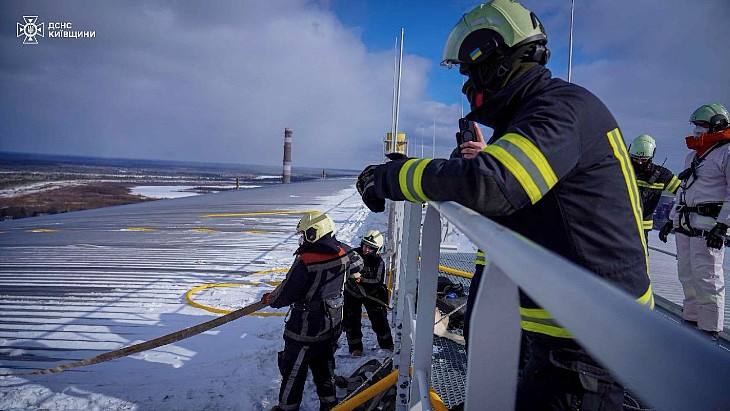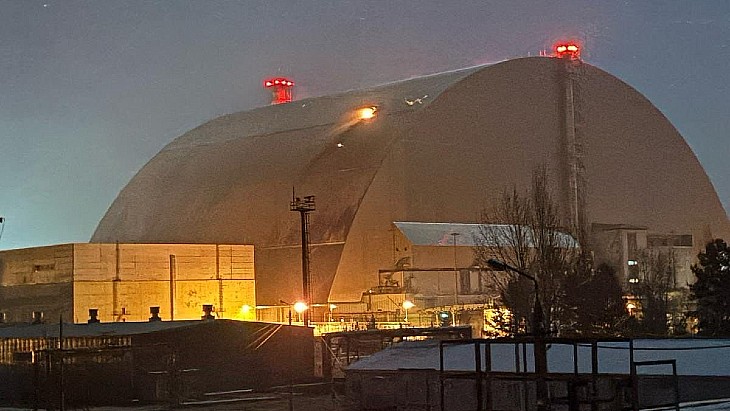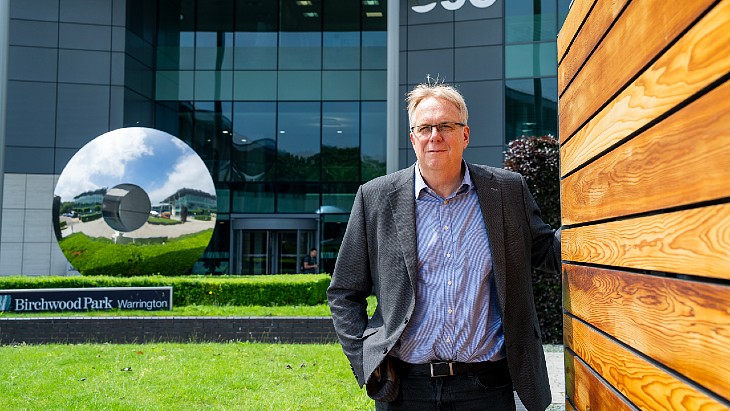"Nuclear power plants around the world now have flexible approaches to dealing with a wide range of accident scenarios," said William Magwood, director general of the OECD Nuclear Energy Agency, commenting on five years of international cooperation to improve safety after the Fukushima accident.
Magwood was speaking today in Paris at a press conference on the launch of his organisation's new report: Five Years After the Fukushima Daiichi Accident - Nuclear Safety Improvements and Lessons Learnt.
The document is a follow up to previous OECD NEA reports on the accident and measures taken in response by OECD nations to ensure their nuclear power plants are working at the appropriate level of safety. It complements reports by the International Atomic Energy Agency and the World Association of Nuclear Operators.
The Fukushima accident was caused by a tsunami wave some 15 metres high that inundated the plant, destroyed seawater pumps and flooded the diesel generators meant to power the plant safety systems. Japanese engineering and safety authorities had collectively underestimated the risk of natural disasters at the site, and the Japanese nuclear community in general had not had the questioning attitude to safety that could have uncovered and corrected the underestimation. In reaction, much attention has been focused on re-examining these two main issues: the external risks faced by each nuclear power plant, and ensuring the appropriate safety culture among nuclear operators and regulators.
Magwood said today's report, "Demonstrates lessons have been learned well by countries all around the world. Nuclear power plants are much more prepared for the unexpected than they were five years ago and are therefore more safe." In particular Magwood highlighted the addition of "flexible, mobile power systems and cooling equipment at all nuclear power plants... and flexible approaches to dealing with a wide range of accident scenarios." These two improvements "provide the capability for plants to respond to events that have not been considered. It is now possible to respond positively to avoid damage to the reactor core and problems in the used fuel pool," he added. The NEA has been "diligent and detailed in looking at equipment and procedure related factors in improving nuclear safety around the world," said Magwood. And countries have been "very, very successful in implementing these measures," he said. "In every country you will see new pumps and communication equipment. Everything has been enhanced after Fukushima."
The NEA report notes progress on regulatory independence, training for severe accident management, and consideration of safety culture and organisational factors in decision making. However, Magwood said, "One thing that is hard to enhance is the people." In order to prevent nuclear accidents from occurring again, "we are going to have to get better at the [human aspects of nuclear safety] and this will become a greater and greater part of the conversation as we move forward."
Researched and written
by World Nuclear News









_96167_68292.jpg)

